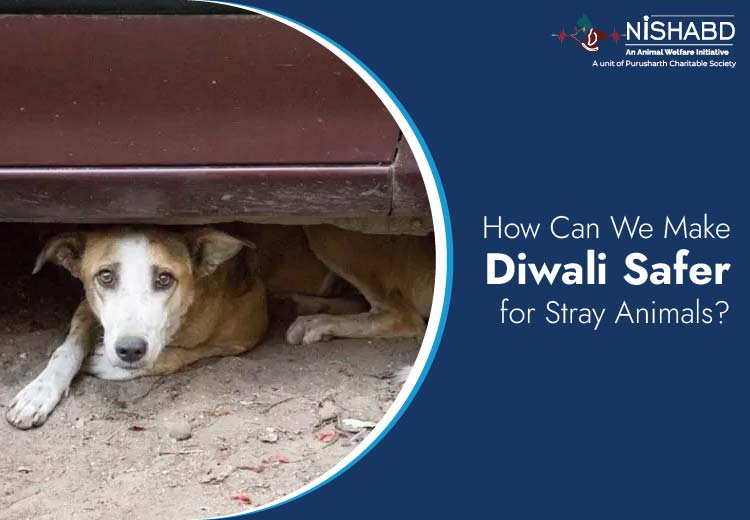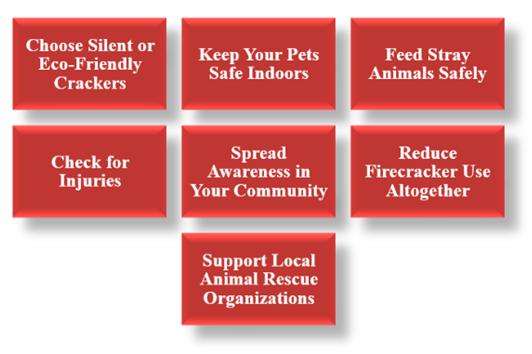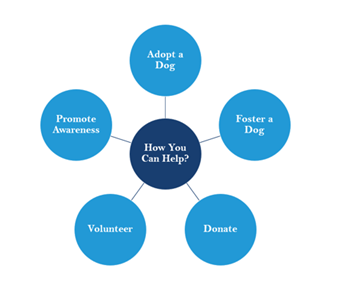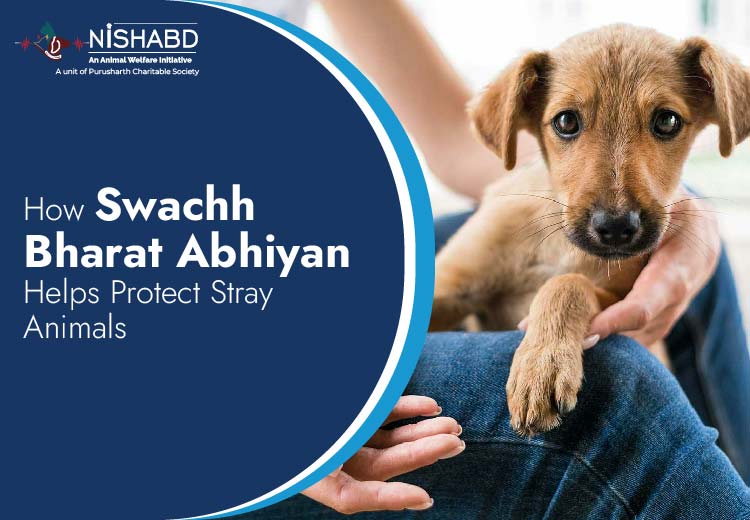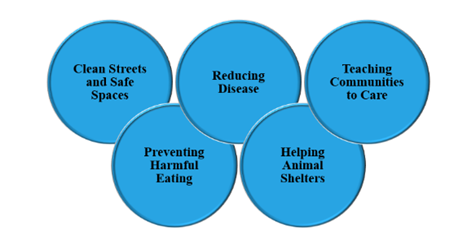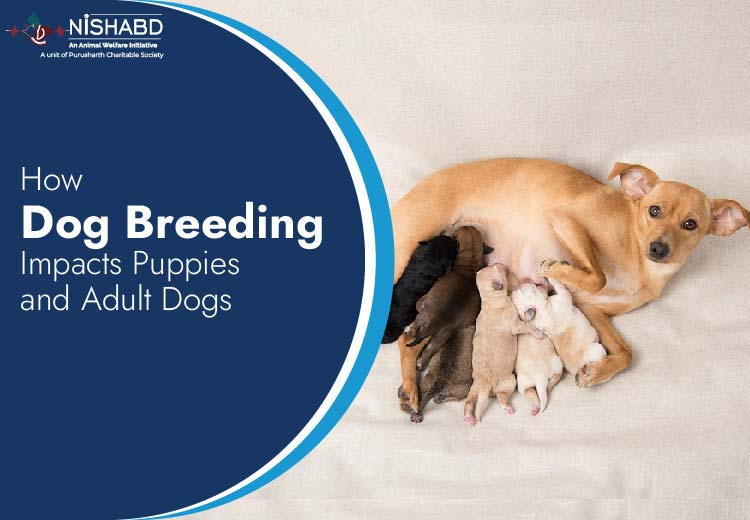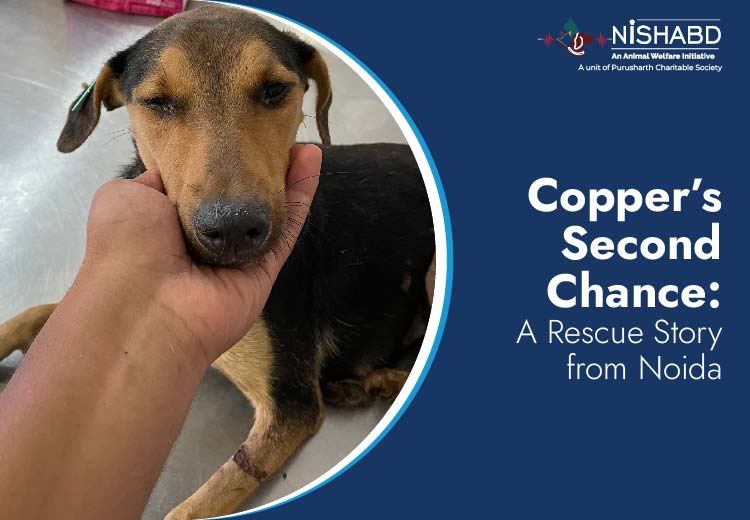Diwali is a celebration of joy, light, and togetherness. Families decorate their homes with diyas, exchange sweets and enjoy the sparkle of lights. However, while the holiday can bring joy to the people around us, it could be a source of fear and anxiety to pets that are stray, especially dogs. The loud sound of fireworks, crackers, and chaos can leave animals anxious and scared. This Diwali we should learn to celebrate it in a manner that keeps everyone both animals and humans secure and content.
Why Diwali Can Be Stressful for Stray Dogs
For a majority of stray dogs, Diwali is the scariest time of the year. The loud bangs from fireworks make them panic. A lot of them hide under cars or in dark areas, or run away in fear. The smoke from crackers can hurt their breathing, and the leftover waste on streets can harm them if they eat it accidentally. It is therefore crucial to be aware of how to care for stray animals who roam around during the celebration. A safe Diwali for animals starts with understanding their fear. Dogs sense sounds more than we do, and what seems like a minor sound to us can feel like an explosion for them.
Say a Big No to Firecrackers
The first and most important step to ensure a safe Diwali for animals is to say no firecrackers. Crackers create a lot of air pollution and noise that can affect not just the stray dog, but also cats, birds and other animals on the streets. Crackers can cause damage to the dog’s hearing, create heart problems, and cause a lifetime fear. Instead of bursting crackers, you can:
- Light diyas and candles to decorate your surroundings.
- Use eco-friendly lights that don’t make noise.
- Plan small gatherings or charity drives.
- Teach children about how to celebrate Diwali responsibly.
Saying no to crackers doesn’t take away the fun. This makes the celebration more peaceful and meaningful for all.
How to Take Care of a Stray Dog During Diwali
If you have stray dogs around your home it is easy to make them feel safer. Here are a few easy ways to show your kindness this Diwali:
- Create Safe Corners: Keep a quiet space, such as your veranda or garage open in which they can hide during the noise.
- Give Food and Water: A lot of dogs avoid meals out of fear. Give them food before the festivities begin.
- Avoid Chasing Them Away: If a dog comes close to your house during the fireworks, let them rest. They’re looking for safety.
- Distract Them: Soft music or calm voices can reduce their stress.
- Contact Local Animal NGOs: They often run safe Diwali for animals campaigns and can guide you on extra precautions.
When you understand how to care for a stray animal, you can be part of a tiny but significant change that makes the festival better for everyone.
How Families Can Celebrate Diwali Differently
You don’t need fireworks to feel festive. There are numerous creative ways to spend Diwali in a safe and joyful way:
- Decorate your home with hand-made diyas and rangoli.
- Spend time with your loved ones by playing traditional games or making delicious meals for the family.
- Donate blankets, chocolates or food to poor shelters or families.
- Volunteer for NGOs that promote safe Diwali for animals.
By doing this, you’re not only celebrating, you’re sending light, love and compassion, the true meaning of Diwali.
Teach Kids the Value of Kindness
Children love fireworks as they’re exciting and colorful. However, Diwali is also the perfect time to teach children compassion. Narrate them stories about kindness and tell them how loud crackers scare away stray dogs. Encourage them to light diyas rather than firecrackers. Simple lessons on how to take care of a stray dog can help children develop into compassionate people. It’s an excellent method to create Diwali celebrations, a festival of light and love, not noise and fear.
Let’s Make Diwali Peaceful for Every Soul
Imagine a Diwali where the streets are glowing with diyas, not smoke. Children laugh and play without bursting crackers, and where stray dogs sleep peacefully under the stars. That’s a safe Diwali for stray animals that we should strive towards. If everyone makes small changes such as avoiding fireworks and helping stray animals, we can have a festival that shines. Remember, how to celebrate Diwali beautifully means thinking of every being who shares our world.
Light Up Hearts, Not the Sky
Let’s create a festive atmosphere where every animal big or small is protected and valued. By learning how to celebrate Diwali responsibly, choosing no firecrackers, and understanding how to take care of a stray dog, we can make this Diwali truly special for all.
FAQs
Q1: Why should we avoid firecrackers during Diwali?
Because firecrackers cause air pollution and scare animals, especially stray dogs. Avoiding them helps everyone enjoy a peaceful Diwali.
Q2: How can I make Diwali safe for stray dogs?
Give them food, water, and a quiet place to rest. Keeping them away from loud areas makes them feel safe.
Q3: What if stray dogs get scared during Diwali?
Talk to them softly or play calm music. If they are hurt or too scared, call a local animal NGO like Nishabd for help.
Q4: Can Diwali still be fun without firecrackers?
Yes, of course! You can enjoy decorating, playing, and spending time with family. It’s happier and kinder for everyone.



